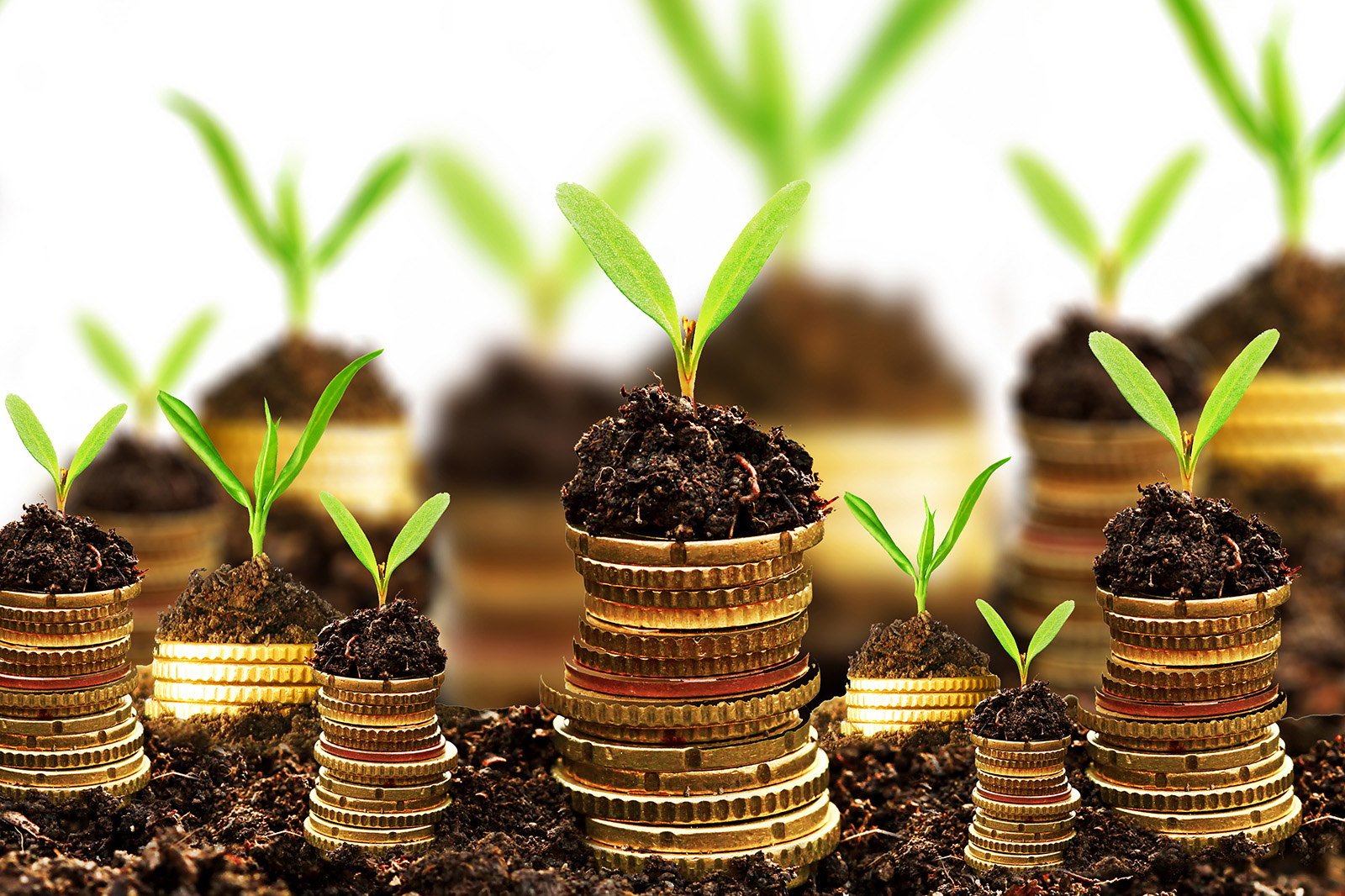What is sustainable investment exactly and how do you identify a sustainable company?
The term Responsible or Sustainable Investment is an investment approach which takes into account environmental, social and governance (ESG) issues which can be material to investment returns, particularly over the long-term. It requires these factors to be assessed and integrated into research and investment decisions. A company is evaluated based on a set of criteria aiming at measuring its ESG performance and interactions with its stakeholders. Information available on the ESG performance of a company is key for a robust evaluation. Some companies report on their ESG performance through their corporate sustainability reports or by answering specialised surveys. The information is then compiled and analysed by sustainability rating agencies and ESG data are made available on information platforms such as Bloomberg. Today around 4’000 companies have a sustainability report but this is still quite limited compared to the total number of companies existing (around 82,000 MNEs worldwide). More efforts need to happen to improve the reporting and harmonisation of ESG data in order to objectively identify sustainable companies.
What are the most common investment decisions and selection processes in sustainable investment?
Different approaches or strategies can be adopted by investors when integrating ESG consideration into investment decisions. According the last EUROSIF SRI Study, the most common strategies in Europe is so-called “exclusion” strategies which consist of excluding specific investments or classes of investments from the investment universe based on either ethical or sustainability criteria. The second most common approaches adopted by European investors is the so-called “ESG integration” which consist of the specific inclusion of ESG risks and opportunities into traditional financial analysis and investment decisions. At the third place, we find “norms based screening” which involves the screening of investments according their compliance with internationally recognized standards and norms.
Other approaches are also used by investors such as best-in class selection, active voting with respect to ESG issues at investee company AGMs and active engagement with investee companies.
Why do you think it is such an important issue? Why should one integrate sustainability aspects (ESG) in investment decisions at all?
I personally think that integrating ESG aspects in investment decisions is key for investors as it enables them to identify new sets of financially material risks and opportunities. The consideration of ESG factors can indeed lead to an enhanced risk management. Investors who consider ESG criteria have a better perception of the company’s situation as their due diligence process takes into account a wider range of information. They consider extra-financial issues that other investors who only look at financial aspects might neglect. The failure to properly consider ESG factors can also lead to substantial financial risks as the recent example of the Volkswagen’s emission and governance scandal have shown us, which lead to a 33% drop in the automobile manufacturer’s share price!
Why does climate change and action matter for Investors?
Climate change can be a very material topic for investors and this is very well illustrated with the so-called “carbon bubble thematic”. The agreement at the COP 21 in Paris in December 2015 to limit global warming to below 2˚C will require 80% of all known fossil fuel reserves to remain in the ground. As fossil fuel titles are mainly being valuated on their existing and future reserves, they in theory will become ‘stranded’. According a 2015 report from the Carbon Tracker Initiative, fossil fuel companies risk wasting up to US$ 2.2 trillion of capex in the next decade by pursuing projects that could be uneconomic in the face of international action to limit climate change to 2˚C. More recently, a LSE study has shown that climate change could cut the value of the world’s financial assets by $2.5tn and in the worst case scenarios the losses could soar to $24tn, or 17% of the world’s assets! Those numbers really make your head spin! The stranded assets problem is actually being highlighted as an urgent risk area by high-level instances such as the World Bank, the Bank of England and the Financial Stability Board’s Task Force on Climate-Related Financial Disclosure.
How can sustainable investment strategies produce significant added value? Don´t they result in lower returns compared to conventional investments?
Sustainable Investment strategies are usually active investment strategies. As every active investment strategy, the performance depends on the ability of the investment manager and the strategy followed. However, the integration of ESG factors in the investment process is increasingly documented as a source of long-term sustainable returns. A meta-study by Deutsche Asset and Wealth Management, which looked at more than 2,000 academic studies published since 1970, found that around 63% of the studies examined show a positive correlation between ESG factors and financial performance. In addition, investors can adopt other responsible investment strategies such as active voting or shareholder engagement that are compatible with a passive investment strategy. Adopting a Responsible Investment approach is, of course, not a guarantee or sole determinant of good investment performance. It is a prudent risk management approach given the growing body of evidence linking proper consideration of ESG factors with good corporate financial performance.
Why is sustainable investment still a niche investment strategy with roughly 10% market share in terms of assets under management in Europe and the US according to EUROSIF and USSIF?
You are right when pointing out that the market share of Sustainable Investment is still low with roughly 10% of assets under management in Europe. There is a variety of reasons for this situation ranging from a misconception on the negative impact of sustainability on financial returns to the difficulty of finding complete, reliable and homogenous data. Some responsible investment products can also be associated with higher fees when being actively managed. But it has to be noted that this is usually the case for most of the actively managed investment products. More importantly, there seemed to be a real lack of knowledge and awareness for responsible investment products both on the side of investors and clients who do not always have the expertise or simply do not know about existing Responsible Investment opportunities. However, the market is evolving quickly and the market share of Responsible Investment is increasing. According Eurosif’s most recent Study, all surveyed Responsible Investment strategies are currently growing, and they do so at a faster rate than the overall European asset management.
The oil price is close to its lowest point. There is much supply but little demand. The situation doesn’t seem to change soon due to the economic meltdown of China, new and more efficient oil production methods etc… How will this influence the sustainable investment trend in the future?
The price of oil has been decreasing to less than 35$ a barrel over the last year and a half. The economic and ecological implications of the falling price of oil are complexed and uncertain but what is sure is that it will deter some of the dirtiest forms of energy. A cheap oil price can theoretically discourage investments in more efficient energy infrastructures. But in reality, falling oil prices had until now little effect on thriving investments into renewables. Renewable energy is being today mainly used in electricity production; and electricity prices are not directly linked to oil prices. Wind and solar dramatically reduced production costs between 60 % to 80 % over the last six years. Electricity generated by renewable sources played in 2015 a critical role, having accounted for around 90% of new electricity generation. Additionally, a low oil price discourages investments in fossil fuel extraction and especially in the high capex type of extraction such as fracking, tar sand or deep-sea drilling. A carbon Tracker report from 2014 showed that most of the oil sands projects have breakeven between 60$ to 80$. At current oils prices, most Canadian Oil Sands and large fossil fuel infrastructure projects such as the keystone XL tar sand pipeline do not make any sense economically! Coal is also being dramatically affected by the current low oil price. Since 2011, the Stowe Global Coal Index dropped by over 80%, and the equity value of North American coal producers by more than 90%. All those high capex and high carbon source of energy are already getting stranded today.






